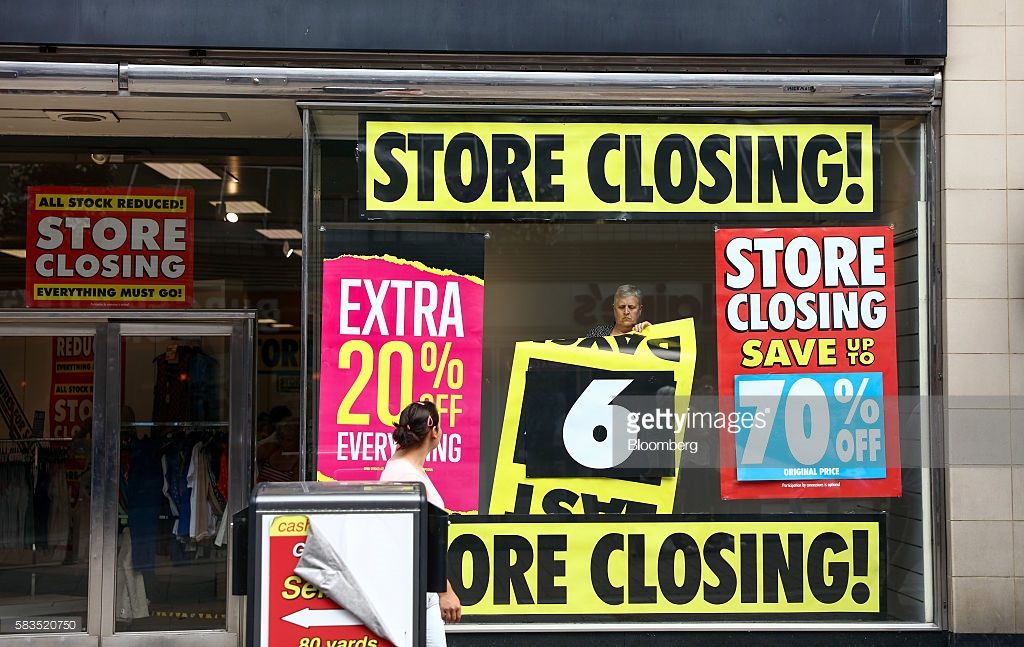Switch on the news, turn the paper, what do we see, historically successful stores are closing across the world and then we hear some shouting “the store is dead, long live the store”.. but is this really true?
Everyone has a view, and they are entitled to their view, but facts remain bricks and mortar stores remain the biggest channel for retailing today.
Even as pressures mount on brick-and-mortar stores, retailers can find growth by focusing on the battlegrounds that are still up for grabs. Yes e-com is just another channel, same as when those dreaded catalogs dropped on our doorsteps offering thousands of pages of products with interest free credit, bricks and mortar survived that..
For years now, hand-wringing smart executives in the retail sector, nervously eyeing Amazon, have been able to point to their own retail stores as potential strategic weapons. For all the well-documented challenges and economic pressures of managing brick-and-mortar locations, shopping trends and consumer spend still favored the store. After all, some 80 percent of purchases are expected to still happen in stores in 2020.
With Amazon’s well-publicized purchase of Whole Foods, the refuge of an omnichannel strategy anchored on physical stores has evaporated. Let’s be clear, though. The real news isn’t that Amazon is buying a physical chain of stores. Taken with the retailer’s other recent developments, such as Prime Wardrobe, which allows people to try and return clothing for free, the real story is Amazons approach to whittling away at what makes a store a store.
A careful review of what stores offer consumers shows that there are plenty of areas where stores can still compete and win.
There are specific reasons why customers go to a store—McKinsey & Company have highlighted seven of them, to be precise. While Amazon consistently grabs headlines with its bold moves, a range of smaller start-ups are redefining the retail experience by innovating delivery, sharing, and curation. That means successful retail in the digital age isn’t just about “how to respond to Amazon” but more about how to stay on top and ahead of the wave of innovations hitting retailers.

Shining a light on each of the elements of the in-store value proposition is necessary to understand what the battlegrounds really are. By being methodical in evaluating the remaining battlegrounds and being clear what the value of each is to consumers, retailers can develop a thoughtful strategy that embraces parity in some areas while shifting activities to others where they can.
Pease feel free to contact me directly to discuss how traditional bricks and mortar retailers can find ways to navigate the change in retail behaviours and Win.
